Do You Use Your Emotional Guidance System?
Posted on June 21, 2021 by Debra Burdick
We continuously experience a variety of emotions throughout the day. Our emotions run the gamut with some that feel good, others unpleasant or so-so and some that feel downright awful.
Being mindful of our emotions helps us access our Emotional Guidance System.  This gives us important information that can guide us in the right direction and help with making decisions, knowing what is best for us and helping us understand ourselves better.
This gives us important information that can guide us in the right direction and help with making decisions, knowing what is best for us and helping us understand ourselves better.
Did you know that when we tune into our emotions we can become more aware of the how’s and why’s of what we feel and determine where we are on an Emotional Guidance Scale (see below). Once we see where our emotions fall on the scale we can aim for an emotion that feels better and is higher on the scale.
Three basic components to an emotion to be mindful of include:
- Thoughts or the story behind why you feel the way you do.
- Physical sensations: how the emotion manifests itself in the body. All emotions have some physical component. This is often how we know that we are having an emotion. For example, perhaps our stomach hurts or our shoulders get tight when we are tense, worried or angry.
- Emotional mood or tone in the mind. This can be subtle, or quite obvious.
We can pay attention to any of these 3 aspects of the emotion when being mindful. The thoughts or the story that accompany the emotion often tend to pull us in so that we lose our mindfulness. For example we might spend time justifying all the reasons why we feel so angry which tends to intensify the anger and then we stop being mindful of the anger itself. And these thoughts or story usually pertain to the past or future – not the present, hence we are no longer mindful of the present.
Awareness of Emotions Process
Use the following process to tap into your emotional guidance system.
- Notice the feeling.
- Identify the feeling—name it.
- Notice how and where it shows up in your body.
- Observe what the feeling feels like:
- Feels good, feels bad, neither good nor bad
- Accept the feeling—don’t judge it or try to change it.
- Investigate the present moment of the feeling.
- Notice the part of the emotion that is present and identify those aspects that are past or future parts of the feeling.
- Stay present with it.
- Don’t identify with the feeling.
- You have an emotion. Your emotion is not who you are.
- Spend a few minutes answering the following questions:
- What are the thoughts and the story behind the feeling?
- What caused you to feel this way?
- When have you felt this way before?
- Refer to the Emotional Guidance Scale
- Where does your emotion fall on the Emotional Guidance Scale?
- How can you move your emotion up on the scale? For example if you feel really sad, how can you move up to being discouraged? Then when you realize you are discouraged how can you move up to disappointment? Aim to move up the scale to a lower number which is an emotion that feels better, is healthier and has a higher vibration.
For more help with learning to be mindful check out Mindfulness Skills.
Emotional Guidance Scale*
1 – Joy/Knowledge/Empowerment/Freedom/Love/Appreciation
2 – Passion
3 – Enthusiasm/Eagerness/Happiness
4 – Positive Expectation/Belief
5 – Optimism
6 – Hopefulness
7 – Contentment
8 – Boredom
9 – Pessimism
10 – Frustration/Irritation/Impatience
11 – “Overwhelment”
12 – Disappointment
13 – Doubt
14 – Worry
15 – Blame
16 – Discouragement
17 – Anger
18 – Revenge
19 – Hatred/Rage
20 – Jealousy
21 – Insecurity/Guilt/Unworthiness
22 – Fear/Grief/Depression/Despair/Powerlessness
*(From the book “Ask and It is Given”, pg. 114 Hicks, Hicks, Dyer, 2010)
Now that you know more about your Emotional Guidance System let us know how it helps you create a life that feels better.
I would love to hear your personal experiences with this topic.

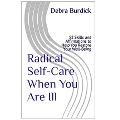
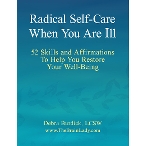
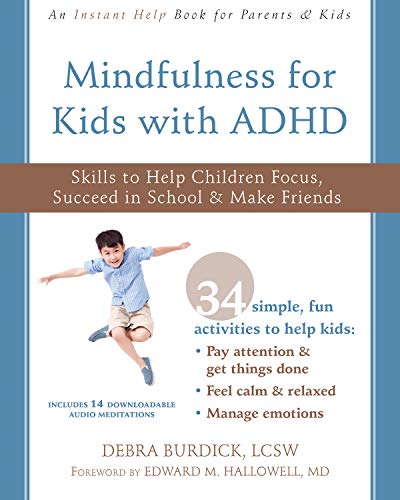
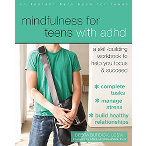
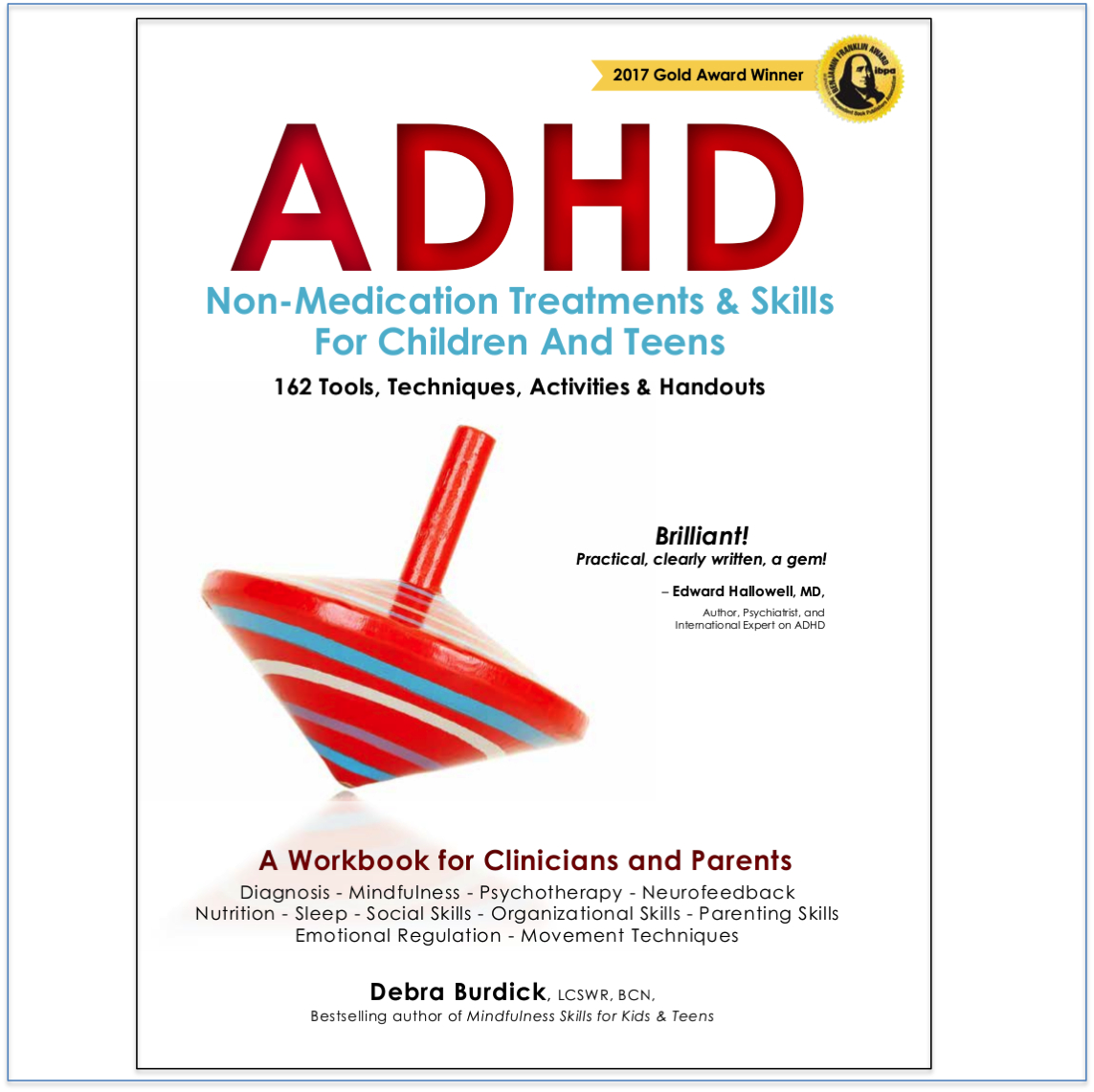
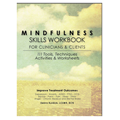
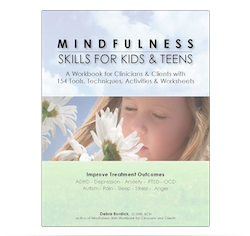
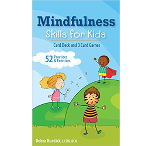
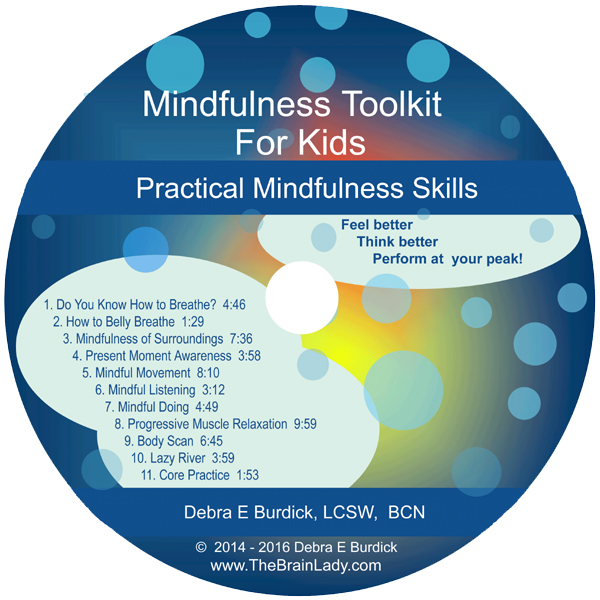
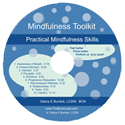
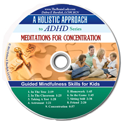
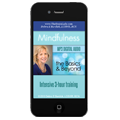
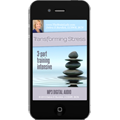
No comments yet. You should be kind and add one!
The comments are closed.